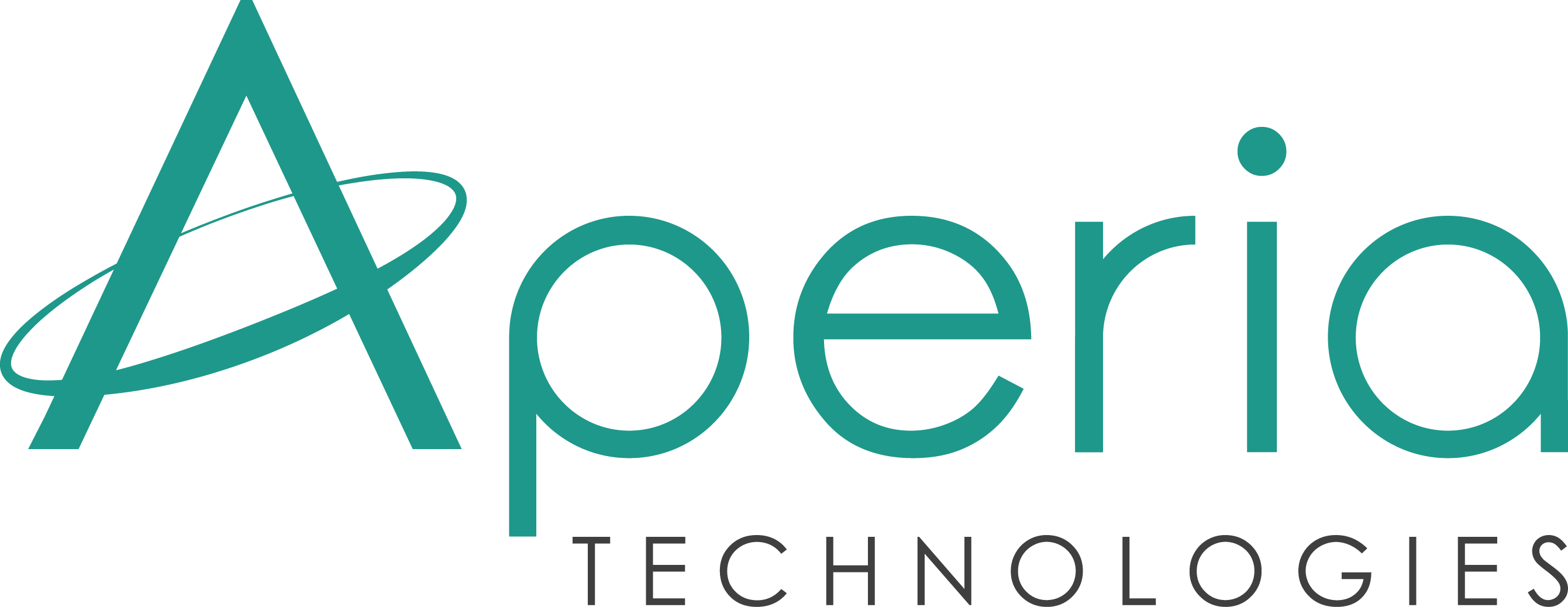
Current openings at Aperia Technologies, Inc
Main job board. Use for primary job posts, additional job posts used to advertise in additional locations should be posted to the "Duplicate Posts Board."
Select...

Main job board. Use for primary job posts, additional job posts used to advertise in additional locations should be posted to the "Duplicate Posts Board."